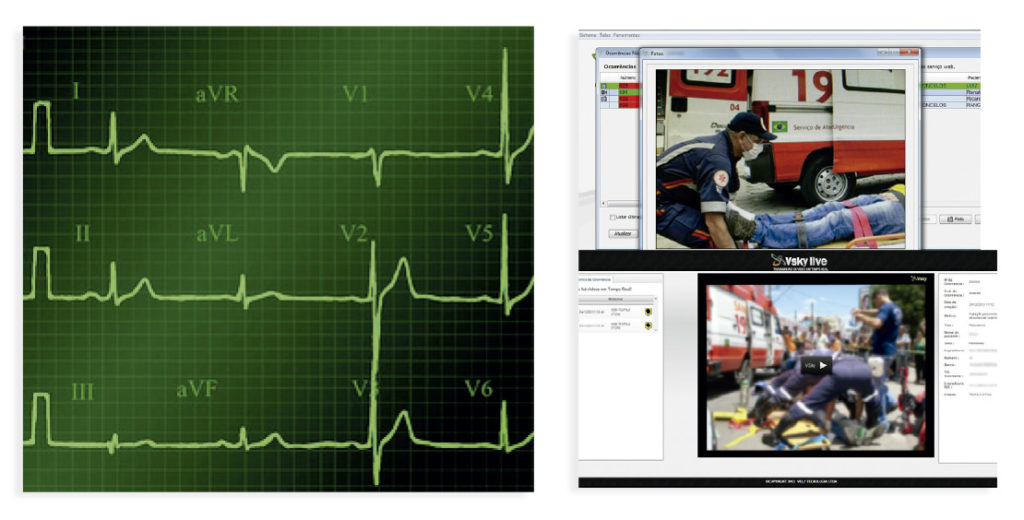Solutions for Emergency Response Centers (SAMU)
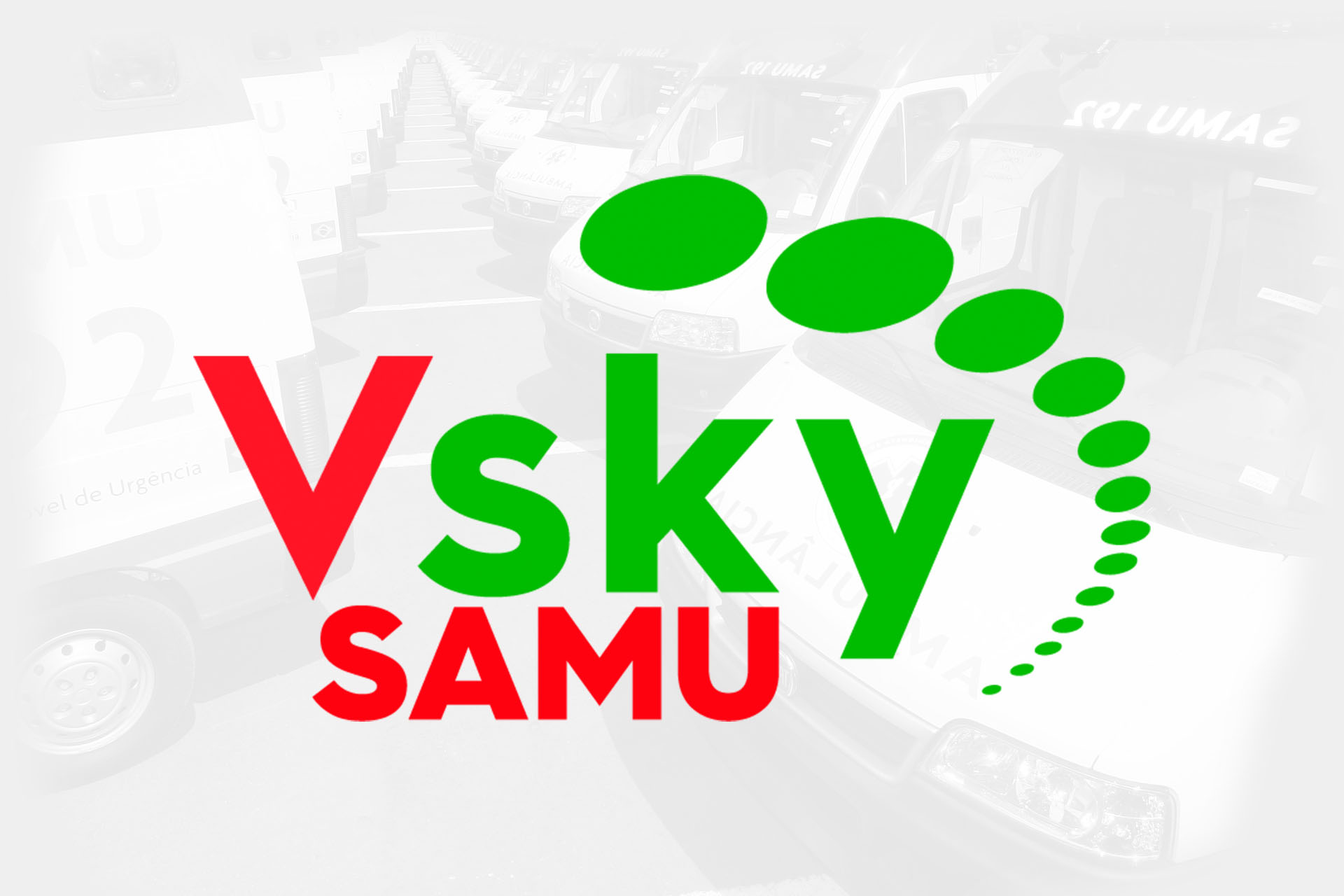
SATELLITE REGULATION AND COMMNICATION
SAMU needs a form of communication that is efficient and as urgent and the services it provides to the community. Therefore, VELP developed an advanced medical regulation and communication system that speeds up contact between strong>SAMU Control Center and the ambulances.
vSkySAMU, a pioneer in the Mobile Emergency Response Service (SAMU), controls all the stages involved in the rescue, from receiving the call, the medical regulation, the mobilization of the ambulance and the patient care, up until the closing of the incident.
3G AND SATELLITE – A HYBRID COMMUNICATION
vSkySAMU allows a communication between central and any of the care units, combining 3G/GPRS and state of the art geostationary satellites.
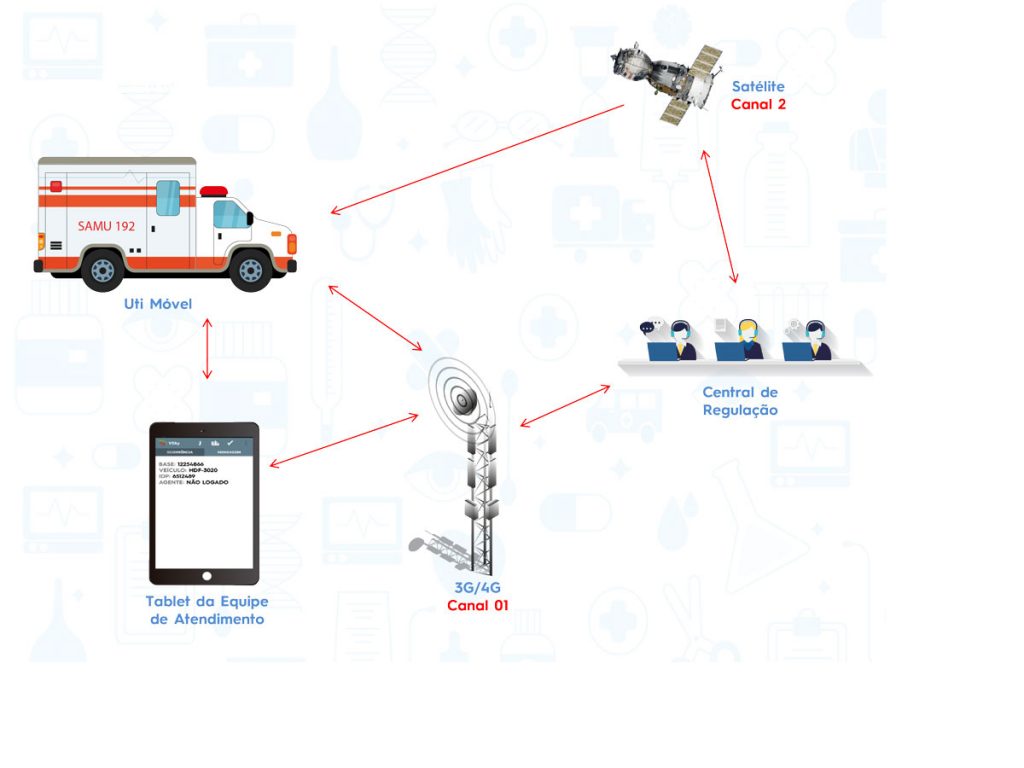
STAGE TO THE SERVICE
01
A medical regulation assistant technician (TARM) registers the data into the system, with the address and cause of the incident.
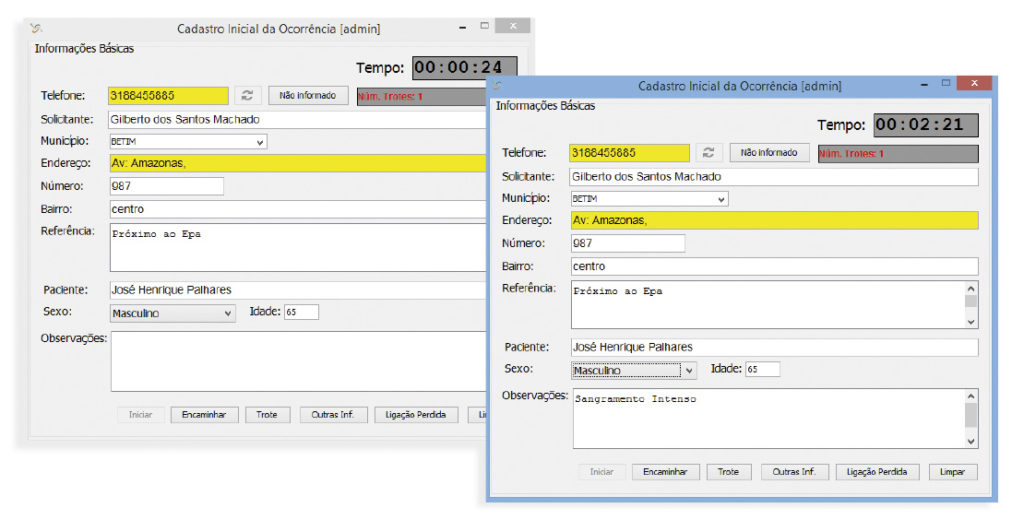
02
The information is displayed on the medical regulator’s screen, who defines the severity of the case and the type of ambulance to be sent.
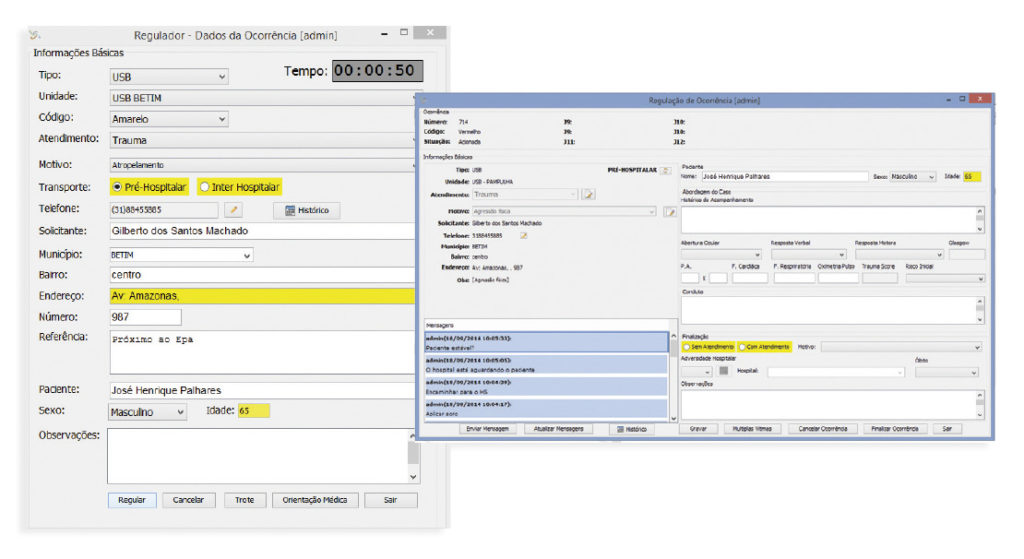
03
Fleet control verifies the closest available ambulance and activates the vehicle, sending the information to the unit’s tablet.
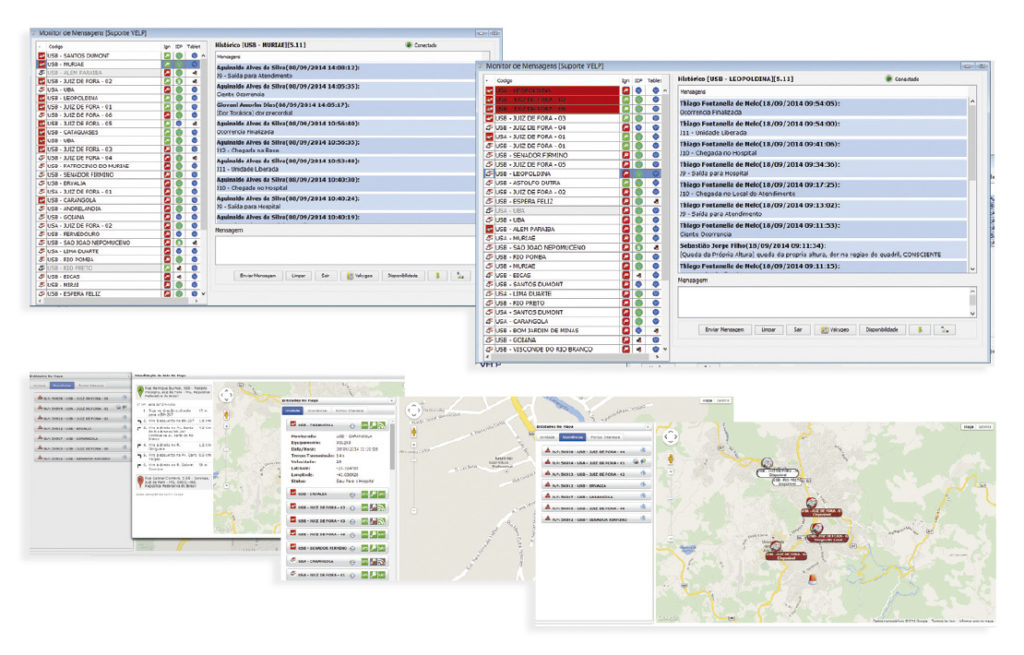
04
Through the tablet, the unit receives instruction and informs central in real time the progress of the service, including the displacement information and the patient’s vitals.

REPORTS AND VSKY ANALYZER
vSkySAMU solution permits a complete management of information, through consulting the history of all occurrences.
Many analytical and consolidated reports are generated, such as a service request, by age, gender, average response time, calls by city, among others.
BI MODULE – BUSINESS INTELLIGENCE
vSky possesses a BI module that permits the end user generate reports and graphs from the intersection of the information of the calls.
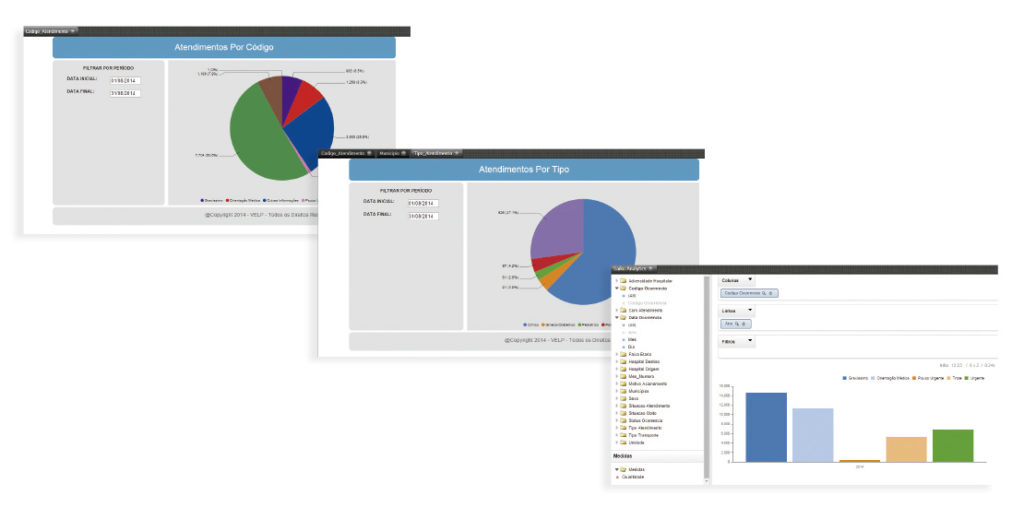
VSKYGIS ROOM SITUATION
vSkySAMU solution permits a complete management of information, through consulting the history of all occurrences.
Many analytical and consolidated reports are generated, such as a service request, by age, gender, average response time, calls by city, among others.

The system allows that the care units send videos and photos to central that are associated records. This functionality is important to assist the regulatory physician in guiding the team, as well as making it possible to send data from the medical equipment to the hospital, such as reading ECG.
